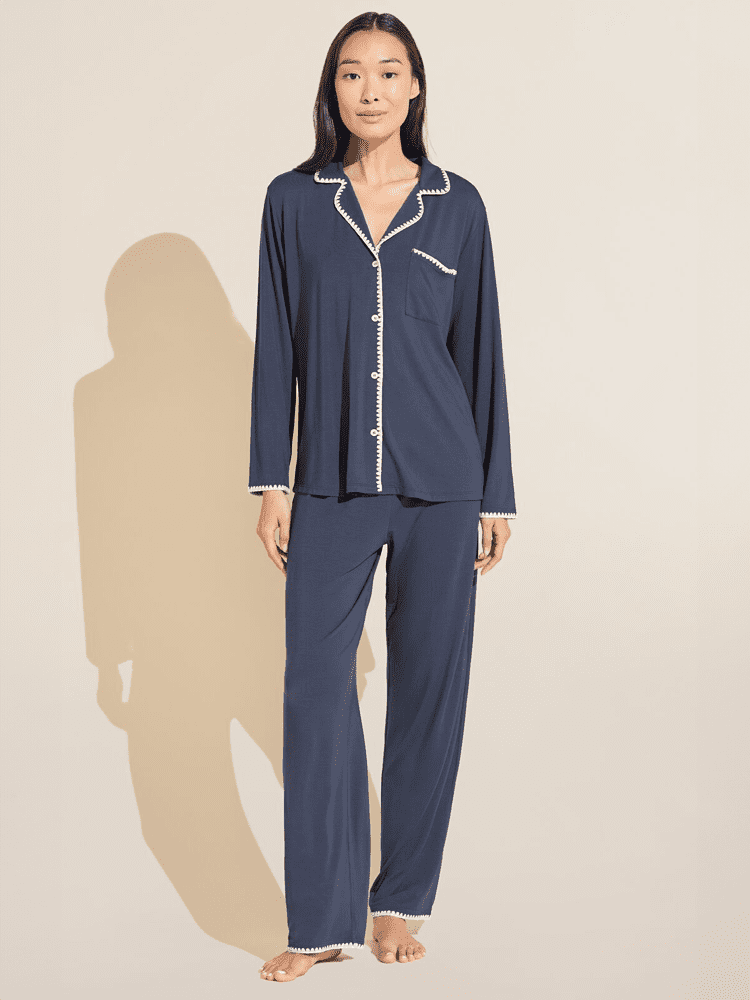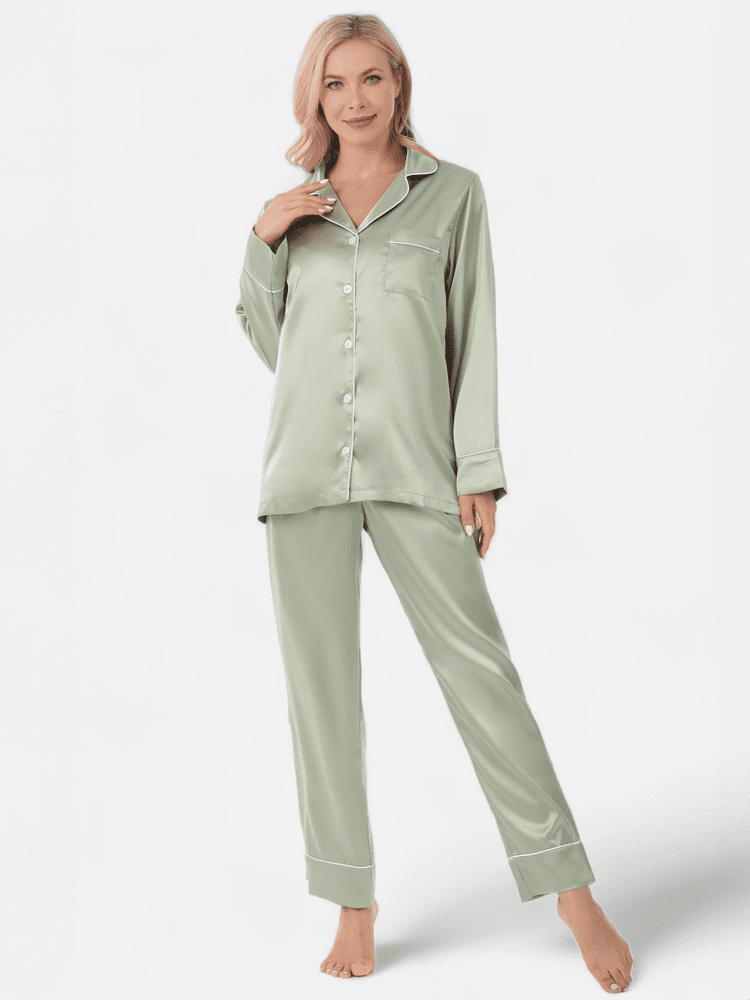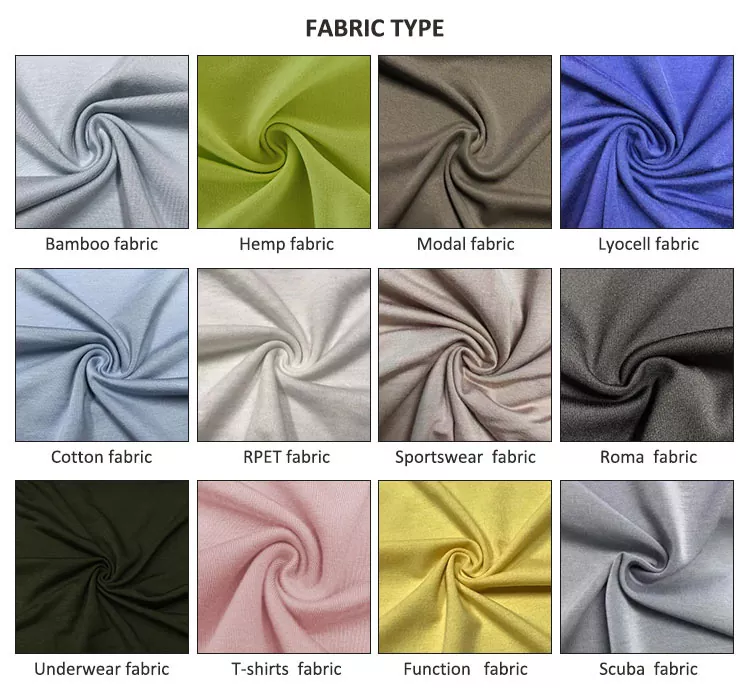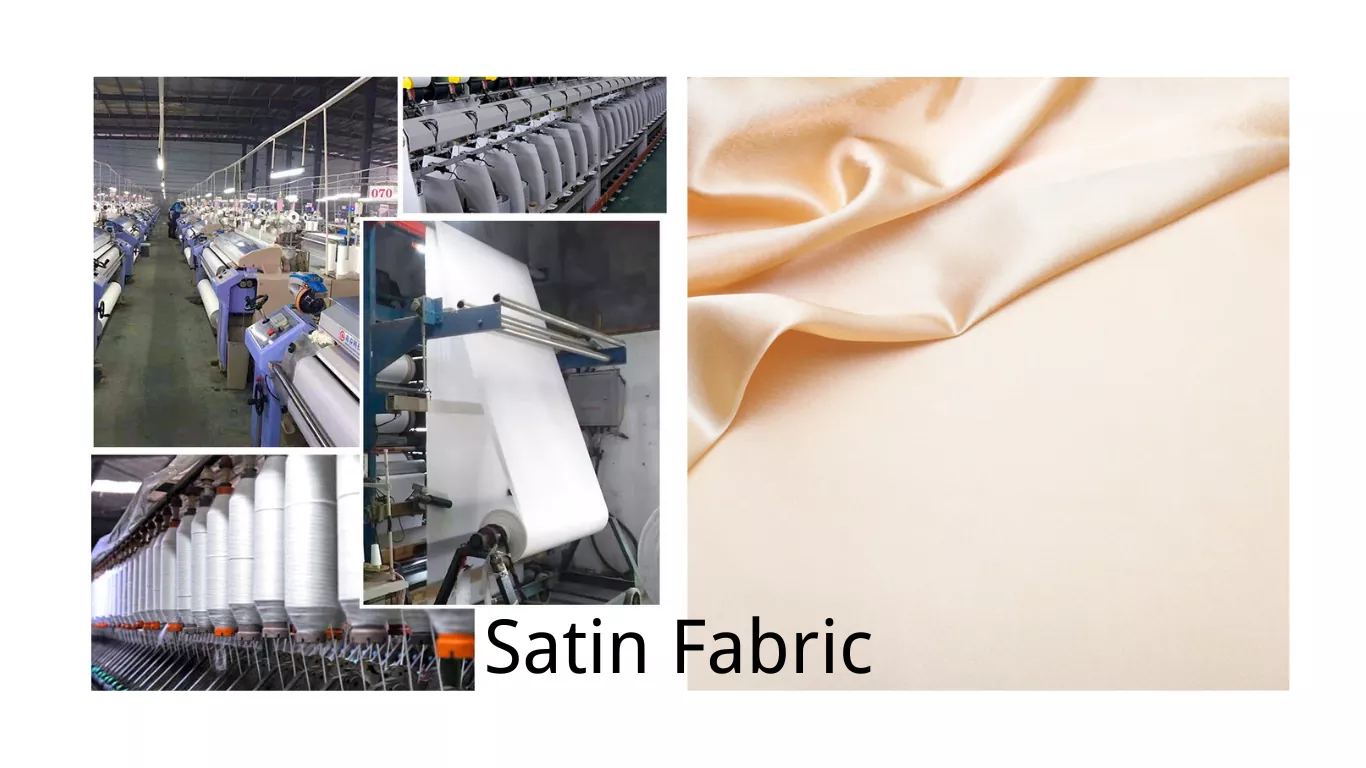Prototype Clothing: From Sketch to Reality, Unleashing Fashion Innovation
Conceptual fashion design stands as a unique pillar amid the broad spectrum of fashion trends, striding beyond the traditional norms of wearable art. This branch of design thrives on conveying an intangible idea, emotion, or concept from the designer’s mind, transforming it into something tangible and visually compelling. A significant component of this process involves developing prototype clothing. These are preliminary design models from which the final product, or a series of products, are derived.
The creation of a clothing prototype involves a meticulous process and requires professional expertise. Clothing prototype manufacturers play an imperative role in this stage of design, turning the designers’ vision into a physical entity which can be studied and perfected. In the proximity of major fashion hubs, there’s an allied industry of clothing prototype makers who are adept at translating intricate details and innovative features into the desired outfit. A crucial aspect of this process is understanding how to get a clothing prototype made; this involves finding the right manufacturer, communicating effectively regarding the design, and overseeing the production process. This method ensures the final indumento stays true to the creative concept and resonates with the vision of the designer.
The Role of Creativity in the Fashion Industry
As an integral force fuelling the dynamism of the fashion industry, creativity has numerous roles to play. It determines how to make a prototype clothing that can not only meet consumers’ practical requirements but also appeal to their aesthetic sensibilities. A unique, inventive idea is at the heart of each prototype clothing line, setting the tone for the entire collection and acting as a guiding vision for designers in all subsequent stages of creation.
Another critical area where creativity finds application is in the process of making prototype clothes. The creative impulse guides the choice of materials, color palettes, and designs, ensuring that the prototype aligns with fashion trends while retaining an element of novelty and surprise. Further, it forms the basis of collaborations with clothing prototype companies, where both parties work together to manifest a designer’s imaginative ideas into wearable garments that are ready for the runway. Ingenious minds that know how to make clothing prototypes thus shape the fashion industry, pushing boundaries and exploring new frontiers in the quest for originality and expressiveness.
The Journey of an Idea: From Initial Concept to Finished Garment

In the dynamic mondo del fashion design, conceptualization plays a pivotal role in transforming a mere idea into a tangible piece of clothing. This metamorphosis begins with the designer’s unique vision which, through a meticulous process, slowly takes shape in the form of clothing prototypes. To deepen understanding and streamline the process, it is essential to focus on how to create a clothing prototype.
The initial step of creating a prototype for clothing involves the development of sketches and drafted designs that embody the intended style, pattern, and cut of the garment. Once these preliminary designs are fine-tuned, a sample prototype is created using inexpensive materials. This stage is crucial in learning how to make a clothing prototype as it allows the designer to experiment, make necessary adjustments and fines-tune the design. Now the question arises of how to get a prototype made for clothing. The answer lies in collaborating with skilled artisans, pattern drafters, and seamstresses. Their expertise aids in the efficient translation of design drafts into prototype clothes, thus making the idea come alive.
The process of creating a clothing prototype can be broken down into the following steps:
• Begin with Conceptualization: This involves generating an idea, visualizing it and then translating that vision onto paper in form of sketches. The designer needs to consider factors like style, pattern, cut and fit during this stage.
• Develop Preliminary Designs: Once the concept is clear, it’s time to draft detailed designs. These should include all aspects of the garment such as its silhouette, fabric choice, color palette etc.
• Create a Sample Prototype: Using inexpensive materials for initial prototypes helps save costs while allowing room for experimentation. It provides designers with a tangible model they can work on to make necessary adjustments and fine-tune their design.
• Collaborate with Skilled Artisans: The next step is getting the prototype made by skilled artisans who specialize in pattern drafting and sewing. They assist in efficiently transforming design drafts into physical garments.
• Review & Refine Design: After receiving the first version of your prototype clothes from these experts you need to review them thoroughly. Look out for any discrepancies between your original design draft and actual product; make revisions where needed until you’re satisfied with final output.
The journey from conceptualization to finished garment requires patience and persistence but when done right it can result in creation of unique pieces that not only reflect designer’s vision but also meet market trends effectively.
Exploring the Process of Fashion Design: Drafting and Sketching
The initial stages of fashion design often involve conceptualisation and sketching, creating drafts of what the final product would look like. These steps are crucial for visualising how the design will evolve and be translated into three-dimensional forms – prototypes clothing. The emergence of technological advancements has brought about digital platforms that streamline this process, such as Amazon’s prototype clothing manufacturing. Offering a unique experience, it helps streamline the production process by facilitating the designers in visualizing their ideas into tangible products.
The importance of identifying the best clothing prototype manufacturers cannot be overstated. They play a pivotal role in the development process, transforming design drafts into physical apparel. These manufacturers carefully interpret the sketch, select the optimal materials – cheap fabric is often used for prototype clothing – and meticulously work towards embodying the designer’s vision. The best program for designing prototype clothing greatly assists this process, allowing designers to render ideas with professional precision before the production stage. Thus, clothes prototype design demands a significant investment of resources, but the rewards in terms of creative fulfillment and market success are potentially immense.
The Importance of Material Selection in Fashion Design
The process of designing a stellar linea di abbigliamento calls for an astute understanding of a crucial element – material selection. The prototype of a clothing line dictates the overall aesthetic, comfort, and durability, hence the necessity to select suitable materials meticulously. The choice of fabric will directly influence the execution of design details, hence, clothing prototype makers from the United Kingdom to Los Angeles underscore the importance of aligning design concepts with material capabilities. An ill-chosen fabric not only diminishes the desired outcome but also jeopardizes the commercial viability of the design.
Furthermore, collaboration with proficient produttori di abbigliamento and their prototypes can significantly enhance the value proposition of a design. For instance, clothing prototype manufacturers in Australia have been recognized for their prowess in adopting eco-friendly materials and innovative textile technologies. It is of critical importance that designers leverage such expertise during the initial stages of prototype creation. The qualità del tessuto, its texture, the ease of care and resilience to various climatic conditions are aspects that clothing manufacturers must consider when creating their prototypes. At every juncture in the complex design process, the choice of raw materials invariably leaves an indelible imprint on the end product.
Pattern Making and Sampling: Essential Steps in Clothing Production

Clothing prototype manufacturing plays a crucial role in the fashion industry. Manufacturers in the USA and UK are particularly recognized for their adeptness in developing prototypes that help designers test their concepts before proceeding with mass production. Clothing prototype manufacturers in the USA utilize advanced technology combined with traditional craftsmanship, ensuring each prototype is a precise representation of the initial design. Similarly, clothing prototype manufacturers in the UK adopt rigorous evaluation procedures to ensure prototypes align with the exact design specification, thus, guaranteeing superior fit and finish.
Proponents of conceptual design across the globe embrace the prototype manufacturing stage with great anticipation. In regions like New Zealand, where the aesthetic and cultural influences differ, clothing prototype manufacturing takes a unique form. Clothing prototype NZ-based manufacturers bring local flair and exceptional skill to the table, delivering uniquely valuable insights during the prototyping stage. When relying on manufacturers from USA, UK or NZ for prototypes, designers ensure that their ideas undergo a true stress test, resulting in sturdy, aesthetic, and commercially viable designs.
The Power of Technology in Fashion Design and Production
In recent years, technological advancements in the fashion industry have transformed the traditional approach to creating clothing prototypes. Cutting-edge design tools and software provide a platform for designers to visualize their concepts efficiently. This allows for streamlined clothing prototyping and sampling, thus reducing the time from initial design to end product. Emerging technologies such as 3D printing and digital textile printing also play a critical role in custom prototype clothing, offering high precision and wider design possibilities.
Moreover, a significant part of this transformation is credited to the rise of companies that make clothing prototypes. These entities harness technology by utilizing machinery and software to provide services ranging from design and pattern making to get a clothing prototype made. Utilizing these resources, designers are now able to create clothing prototypes with ease. This means greater accuracy and consistency, essentially bringing design visions to life while maintaining a high standard in the quality of produced garments. The integration of technology in fashion design and production has hence become an essential factor in the industry’s growth and success.
The Impact of Innovative Techniques on Fashion Industry
Over the last few decades, the fashion industry has unquestionably grown and evolved, absorbing and utilizing a variety of advanced methods. One such inclusion is the innovative technique of getting a clothing prototype made. Bringing an initial concept into a tangible form, this practice significantly impacts the design and production realm, sharpening the accuracy of the final product. It fosters trial and error before the mass-production of clothing, thereby, aiding the reduction of waste and resources.
The whole process of how to get a clothing prototype manufactured involves the creative use of advanced software, technologies, and modernized machinery, replacing the erstwhile time-taking, manual techniques. Businesses seeking how to make prototype for clothing have demonstrated progressive venturing into this path and reaped enormous benefits. These include saving time and financial resources, fostering zero-defect production, and even gaining a competitive edge in the fiercely contested fashion industry. It has revolutionized the concepts of how to have a new clothing prototype made or how to get clothing prototype made, heralding a new era in fashion design and production.
Sustainable Practices in Contemporary Fashion Design

The fashion industry has long flirted with the allure of its projected aesthetics, often overlooking the stewardship of resources. However, contemporary fashion has begun to shift its focus towards a more sustainable approach where the benefits are both global and profound. With mounting pressure and encouragement from customers seeking ethically-produced items, designers are incorporating sustainable practices into how they prototype clothing. Two crucial steps in this process involve resource planning and material sourcing, preventing waste and the unnecessary use of toxic materials right from the planning phase.
As one would undertake the steps to make a prototype clothing piece, an understanding of sustainable fabrics and ethical sewing methods is critical. The process doesn’t end at making a prototype clothing piece; it extends to thoughtful decision making when it comes to choosing organic or recycled materials and mindful production patterns that cause minimal harm to the environment. When making a clothing prototype, innovative techniques like zero waste pattern making and non-toxic dying methods can also be applied, which bring us closer to achieving the industry’s environmental goals. Embracing these sustainable practices in fashion design is indeed a testimony to a brand’s commitment to the planet while catering prudently to consumer needs.
Future Trends and Opportunities in Fashion Innovation
As we venture into a new era of fashion, numerous advancements and intriguing developments are on the horizon. Innovations in textile production, such as the creation of sustainable and 3D printed fabrics, offer a whole new galaxy of opportunities poised to redefine the sculptural possibilities of dress and to lessen the fashion industry’s environmental footprint. Remarkably, new textiles also have the potential to transcend mere functionality, providing interactive experiences through smart fabrics that respond to the wearer’s body or environment, promising dynamically evolving garments.
Simultaneously, data-driven insights and artificial intelligence are routinely ushering in a revolution in personalized fashion. Through machine learning algorithms and predictive analytics, designers now can anticipate consumer needs and preferences far in advance, thereby reshaping the design and production process. Furthermore, this digital transformation extends into retail, where augmented reality and virtual reality are fast reimagining shopping experiences, enabling consumers to try on and customize outfits virtually. This technological wave signifies just how quickly fashion innovation is propelling us toward a future where design, production, and consumption become more sustainable, personalized and immersive than ever before.
Domande frequenti
What is the concept of Conceptual Fashion Design?
Conceptual Fashion Design is about designing garments that are more than just beautiful and functional. It involves creating pieces that carry a deeper meaning, often with a focus on narrative or commentary on social, cultural, or political themes.
How important is creativity in the fashion industry?
Creativity is paramount in the fashion industry. It differentiates brands, drives innovation, and generates new trends. Without creativity, the industry would stagnate and lose its ability to inspire and attract consumers.
Can you explain the journey of an idea from concept to finished garment?
The journey starts with a creative idea or inspiration. Then comes the design sketch, followed by pattern making and sampling. After finalizing the design and materials, the garment goes into production. The finished piece is then marketed and sold.
What does the fashion design process involve?
The process involves many stages, beginning with concept generation and inspiration research. Designers then sketch their ideas and design drafts. They select materials and create patterns, before moving onto the sampling process. After several revisions, the final design is ready for production.
How significant is material selection in fashion design?
Material selection is very crucial. It influences not only the appearance and comfort of the garment but also its cost, sustainability, and production methods.
What is the role of pattern making and sampling in clothing production?
Pattern making is the process of creating templates for the parts of a garment. This is followed by sampling, where these patterns are used to stitch together a prototype of the design. These steps are critical for ensuring the fit, style, and functionality of the garment.
In what ways has technology impacted fashion design and production?
Technology has revolutionized fashion. It has streamlined production processes, improved design precision, and opened up new possibilities for innovative designs. It also allows for more sustainable practices and offers new platforms for marketing and sales.
What effect do innovative techniques have on the fashion industry?
Innovative techniques can transform the fashion industry, leading to new trends, designs, and ways of production. They can also make the industry more sustainable, efficient, and responsive to consumer needs.
How are sustainable practices being implemented in contemporary fashion design?
Sustainable practices in fashion design include the use of eco-friendly materials, minimizing waste in production, and recycling used garments. Many designers are also focusing on creating timeless rather than trend-driven pieces to promote longevity in fashion.
What are the future trends and opportunities in fashion innovation?
Future trends include increased digitization, the use of artificial intelligence in design, and greater emphasis on sustainability. Opportunities lie in areas like personalized fashion, smart clothing, and the use of innovative materials.




